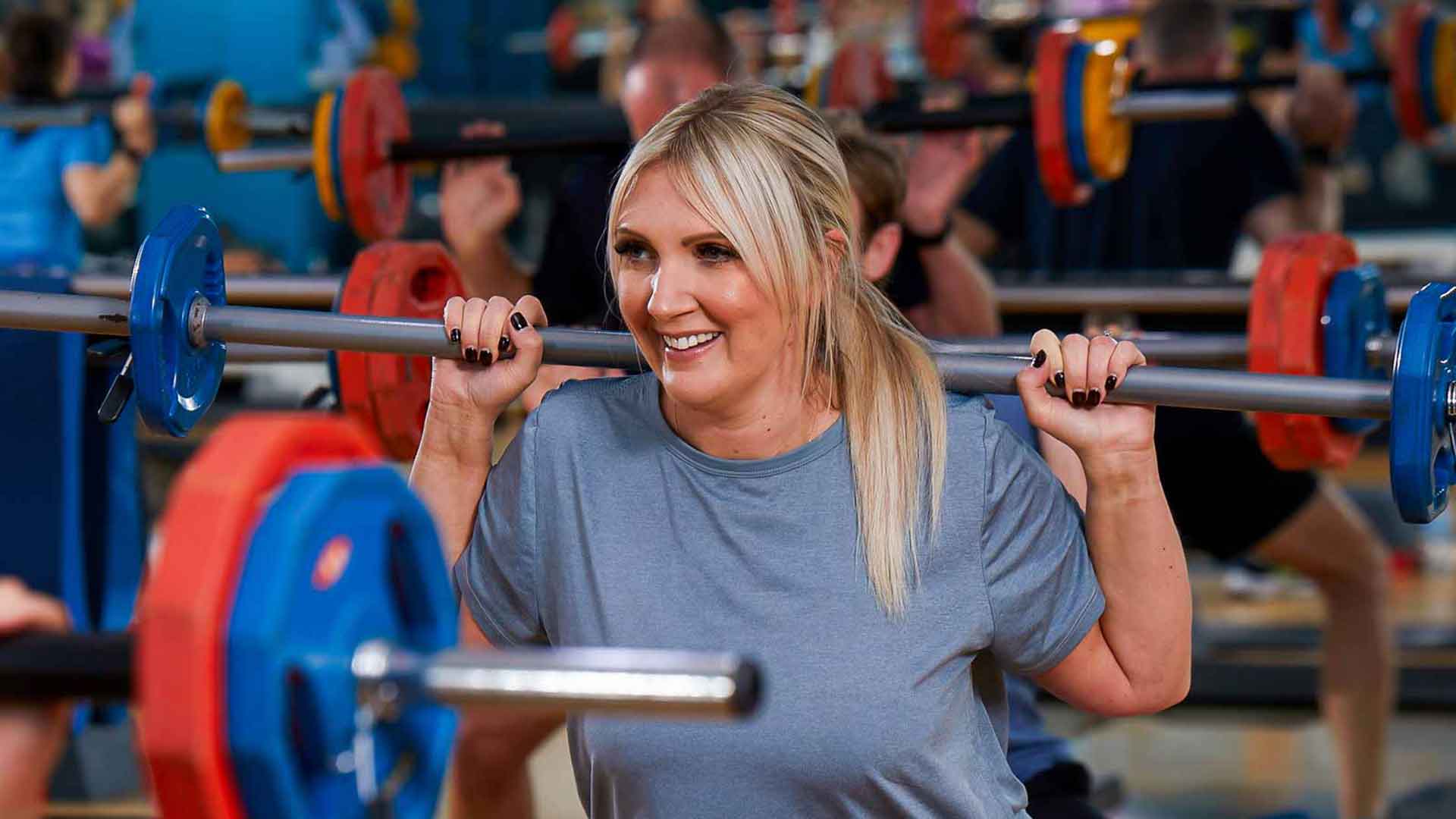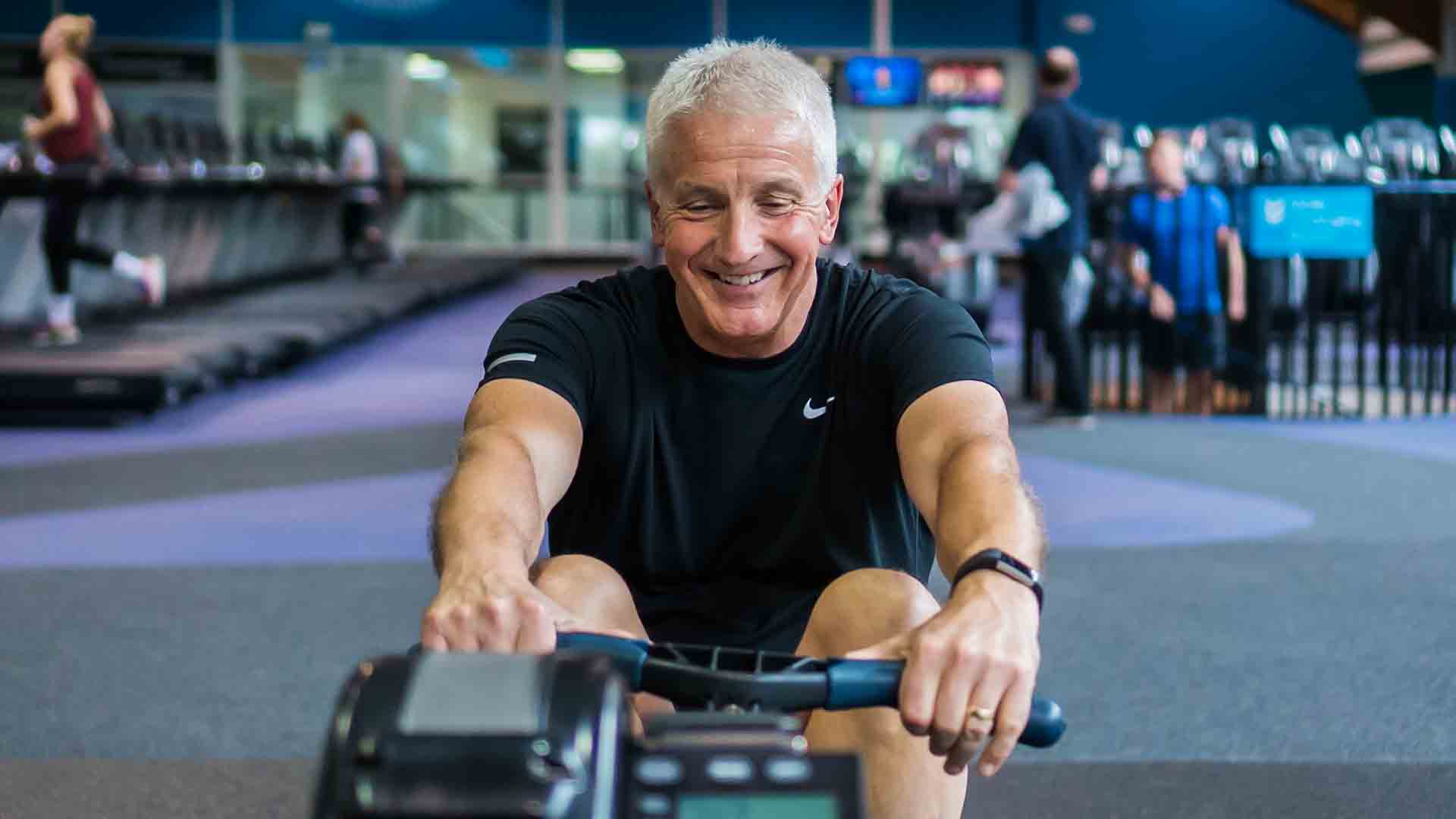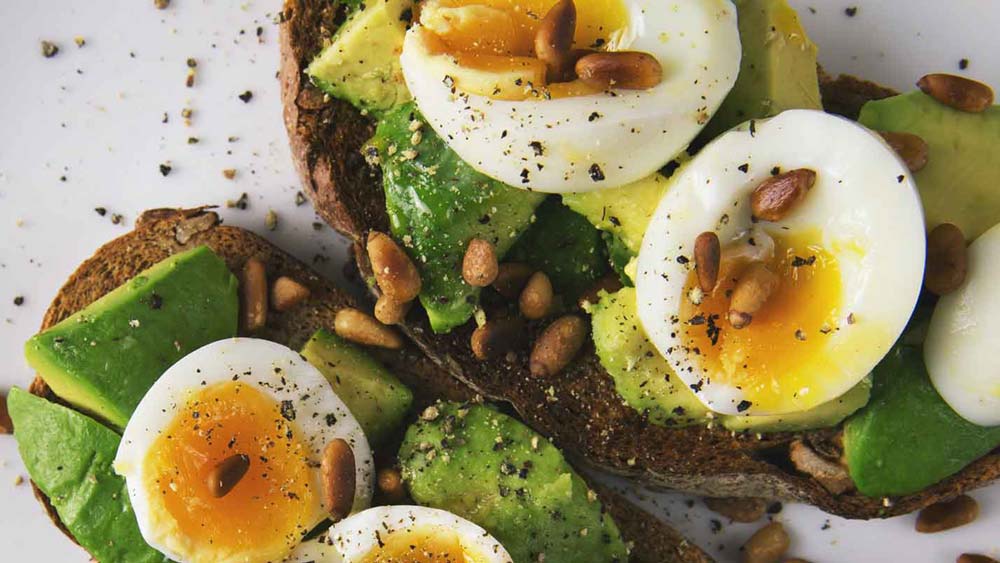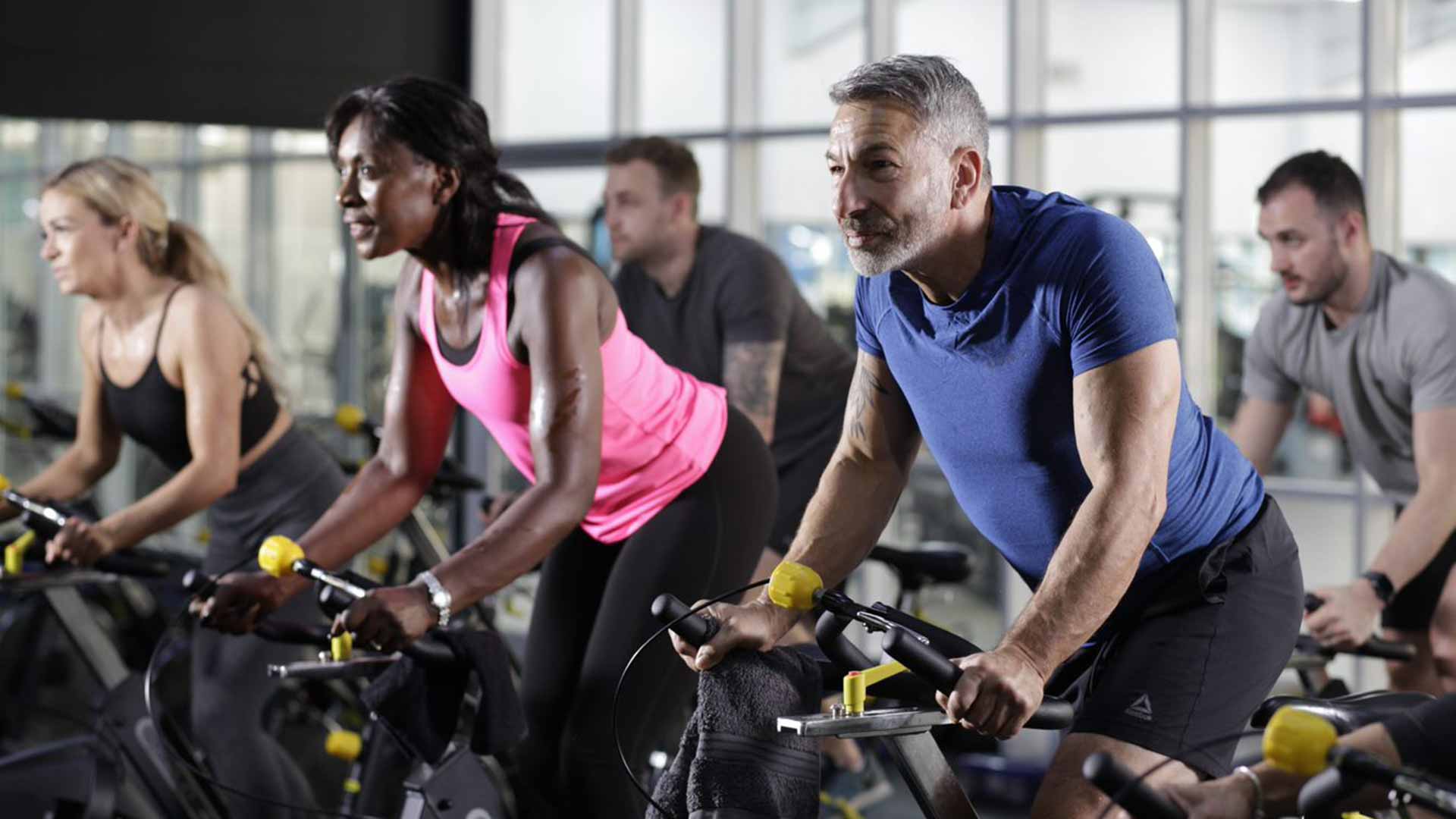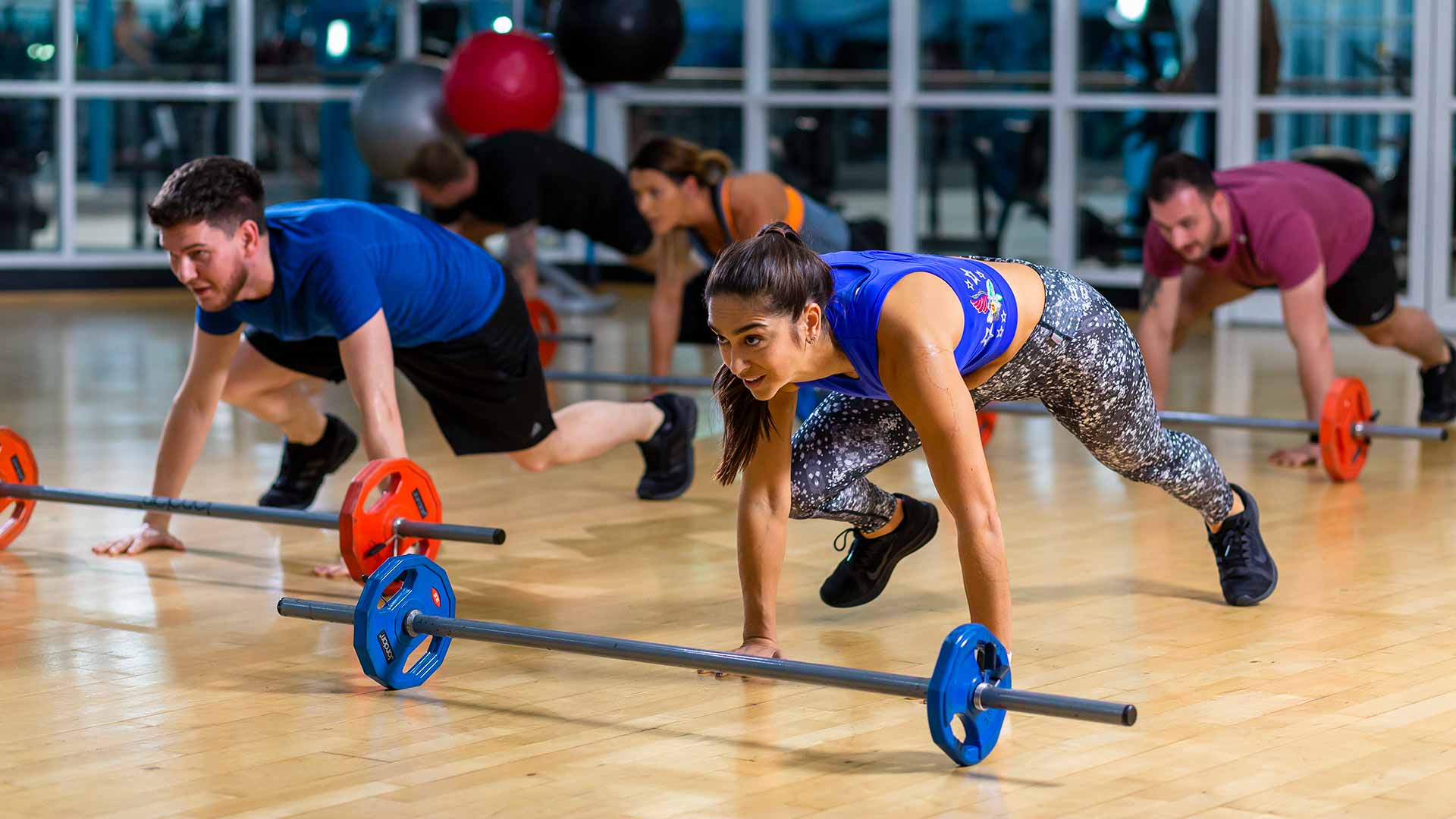- 18/07/2022
- Fitness Guides & Advice
Have you ever wanted to try Pilates, but were not exactly sure what it involved and whether it would be suitable for you? We’ve asked our resident fitness experts some of the most common questions about Pilates. We’ll try and help you to understand what Pilates is, and the origins and health benefits that this type of exercise can bring.
What’s the difference between Yoga and Pilates?
Although there are similarities between Yoga and Pilates with them both focusing on the mind-body connection, Yoga tends to focus on more spiritual wellbeing and involves more relaxation exercises. Pilates concentrates on strengthening the body with an emphasis on your posture, balance, and flexibility. This helps to improve general fitness alongside your overall wellbeing.
Believing that physical and mental health were closely connected, Pilates was originally developed. Pilates was an exercise program for injured dancers and soldiers in the early 1900s aimed at balancing the body, mind, and spirit.
Can anyone do Pilates?
Because Pilates exercises can be modified to provide either a gentle strength training program or a challenging workout, it’s suitable for both beginners and those who already exercise regularly.
If you're a beginner you can start with simpler exercises, progressing onto more advanced moves and variations as you gain more confidence. It's a good idea when you're just starting out in Pilates to go to structured classes, as they can ensure you’re doing the exercises correctly to avoid any injury.
It is also excellent for athletes, dancers and other sports professionals who have had some kind of injury due to its low-impact nature. We would always recommend checking with your health professional if you haven't exercised for a while, are older or pregnant, or have health problems, as Pilates may not be recommended if you have the following conditions:
- Unstable blood pressure
- A herniated disk
- Severe osteoporosis
- A risk of blood clots.
What are the health benefits of Pilates?
As Pilates focuses on core strength, posture, and flexibility the health benefits can include:
- Good posture - Pilates can teach and support you to gain and maintain good posture. The exercises require that your body is always in alignment. This is especially beneficial if you suffer from lower back pain.
- Muscle tone - The exercises involve the use of muscles that you may not use on a daily basis. After the initial soreness, if you do Pilates regularly you'll find that your muscles will be much more toned and getting stronger too. This is especially good for older people and those who are normally quite sedate in their daily life as muscle tone is usually lost with age and inactivity.
- Flexibility - As we age, we tend to lose the flexibility we had when we were young. Pilates can help restore your flexibility, gently at first of course. After a while though, you’ll be amazed at how much more flexible your body has become. This is especially important for avoiding injuries from falls and other workout and exercise routines.
- Improves your balance - Through the mind-body connection which is taught in Pilates you will become much more aware of how your body moves and performs. Therefore, Pilates not only improves your physical balance through correct posture but aims to also restore your mind-body balance.
- Reduces stress - When doing the exercises, you'll be totally engrossed and won't be able to think about all those responsibilities that weigh you down on a day-to-day basis. You'll be more focused on your breathing and on the moves that you are making with your body. This is an excellent way to relieve stress. It’s also much slower than other exercise classes, so a great way to unwind from a busy day while still working out.
- Gives you a general sense of wellbeing – Because Pilates focuses on providing balance between your mind and body it gives you an overall sense of wellbeing.
Will Pilates help you lose weight?
Because Pilates is a muscle-strengthening form of exercise it can help you to trim and tone certain areas of your body, especially your stomach, legs, and glutes. Classes can be tailored to offer either a gentle exercise program for providing core strength, flexibility and balance or a complete workout for a more rigorous exercise program.
Bear in mind though that Pilates is not classed as an aerobic exercise, so for effective weight loss, you should combine your Pilates exercises with a healthy diet and some regular aerobic activity such as walking, swimming, or cycling.
What to look for when choosing a Pilates class?
If you are relatively fit and want to try Pilates for the first time, then a group class would be ideal. These usually last for about 60 minutes and can trial one here at Total Fitness with one of our free day passes. The instructors in our Clubs are friendly and expertly trained to cater for all fitness levels.
Starting with mat-based exercises is a great way to get started, and once you’ve mastered the moves you can progress to using other pieces of equipment such as hand weights, stretch bands and foam rollers to really isolate and strengthen those muscles further. Mat classes mainly focus on working against gravity and the weight of your body to hold and maintain a varied number of positions. This involves both strength and stamina.
So, if you are looking for a body and muscle strengthening form of exercise that can be tailored to your fitness level and which will help to keep you flexible, then you should definitely consider Pilates. All you need is a mat, and some loose, comfortable clothing and a bit of space, and if you’re running short on time, you can even find some at-home workouts in our digital workouts space on the Total Fitness app.
